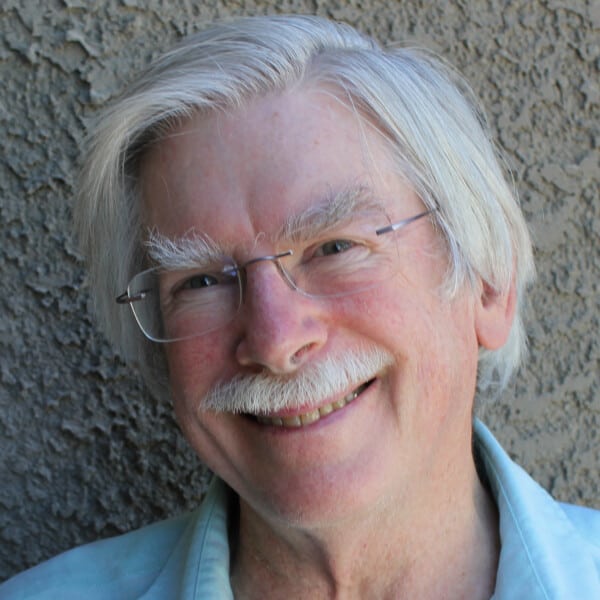PSI Personnel
Non PSI Personnel: Robert Craddock (Smithsonian Institution), Marisa Palucis (Dartmouth College)
Project Description
Motivation: The effects of water on a paleo-landscape are the most unambiguous markers of past climate and have provided a strong motivation to explore the geologic history of Mars to assess its past and present potential habitability. Large alluvial fans are among the most prominent sedimentary landforms found on Mars, but remain enigmatic despite over a decade of study. Martian alluvial fans exhibit numerous surface features indicative of fluvial transport but formed over a prolonged period during an era paradigm has held to be characterized by a cold and dry climate. Part of the difficulty in deciphering the climate present during the era of fan formation are the uncertainties in linking remote sensing-based observations with process models. To bridge this gap, we propose to conduct a field campaign to a suite of Mars analogue alluvial fans in northern Chile that exhibit numerous morphometric and morphologic similarities to those on Mars.
Methodology: We propose a multi-week field campaign to the hyperarid Atacama Desert to collect data that will be used to better inform conceptual models of martian fan formation and modification. Field activities will include (but not limited to):
(1) Characterize recent flow processes using unmanned ground-based and unmanned aerial vehicle photogrammetry along with ground based thermal imaging. Together these data will allow us to examine whether distinctive thermal signatures are left behind by different processes.
(2) Collect sediment samples to establish systematic variations in grain size distribution, sediment density, and chemical composition between flow events. This will be used to understand how these are related to the overall patterns of flow and branching across the alluvial fan complex.
(3) Use ground penetrating radar transects across the fan surfaces to characterize the frequency and depth of buried channels in the top 5-m of the fans. This will permit characterization of the frequency of channel avulsions relative to deposition rate and the relative amounts of channel versus overbank deposits forming the fan framework. This will be coupled with digital elevation models constructed using structure from motion from UAV-acquired images to characterize channel and overbank deposit topography and relate recent avulsion and overbank deposition patterns to topography.
(4) Constrain channel inversion rates using wood fragments to obtain ages and high resolution DEMs constructed using images acquired from UAVs.



